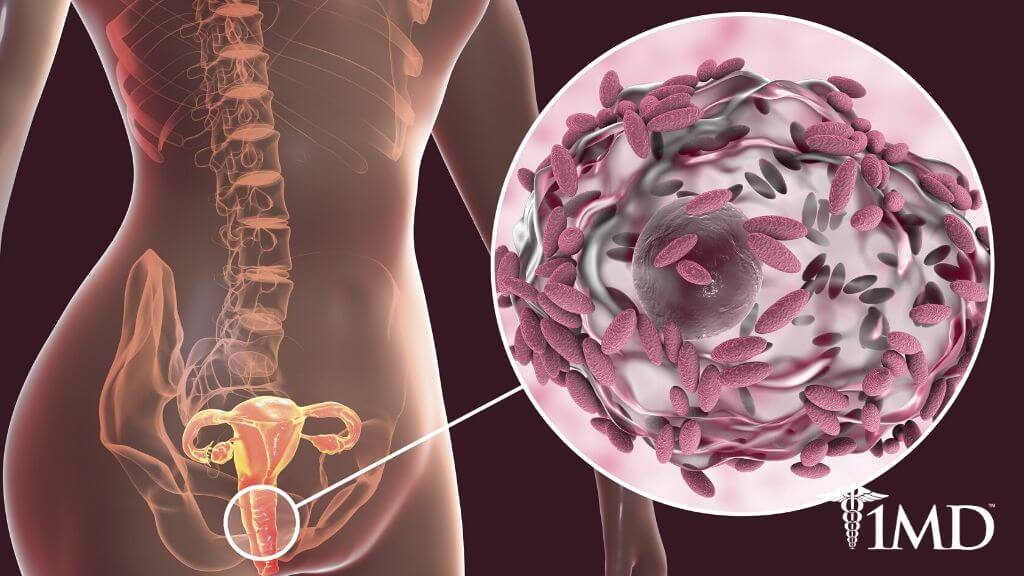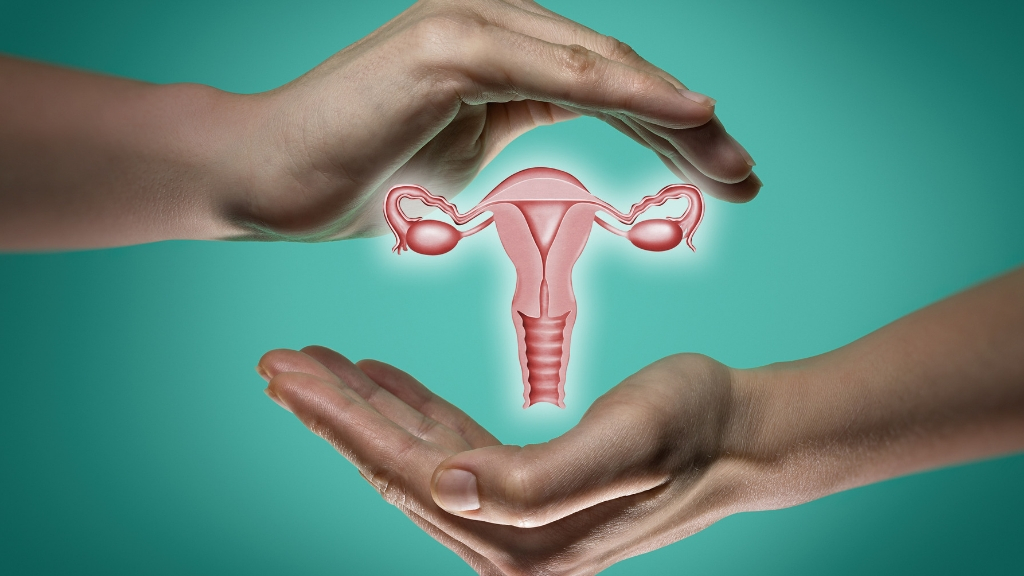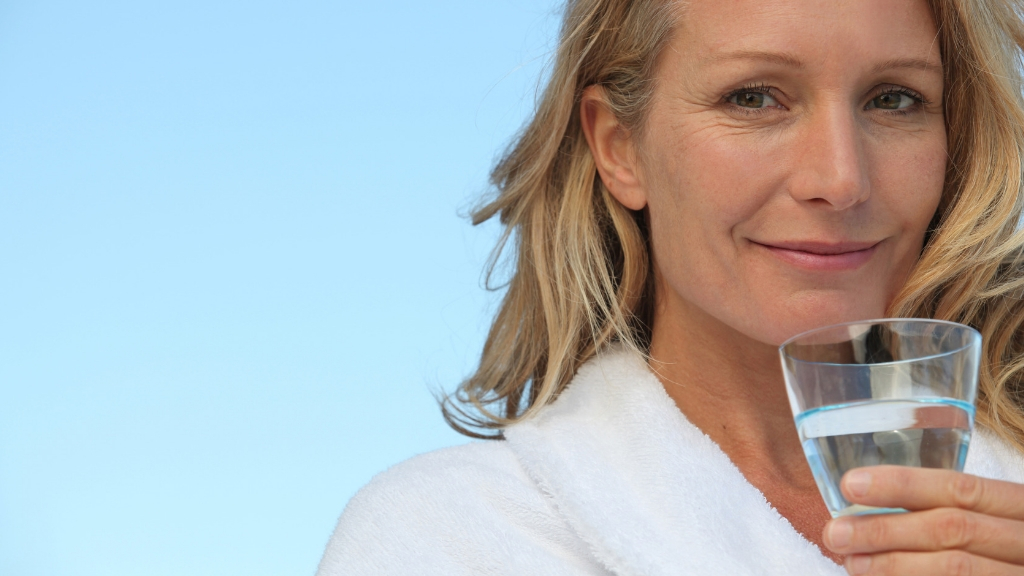Why Bacterial Vaginosis Is 100% Normal and How to Fight BV Naturally
7 minute read
Millions of women are affected by bacterial vaginosis. At most the condition is unpleasant, but its presence is not the problem. There is a lot of misinformation out there about bacterial vaginosis that can leave many women lost and confused.
Couple that with a stigma associated with the condition that scares women into thinking it is much worse than it is, and BV can be very problematic indeed. Once you get behind the scenes and understand it, however, bacterial vaginosis (BV) is easy to deal with. You just need to know what to do.
Uncovering the BV Mystery
Bacterial vaginosis develops as a result of an imbalanced vaginal microbiome. The overgrowth of harmful bacteria changes the delicate environment and pH, which triggers inflammation and discomfort.
The cause is a drop in the levels of Lactobacillus bacteria, which live in your vagina (and your gut) to help keep bad bacteria out.
There are certain risk factors that increase your chances of depleting these helpful bacteria, such as douching, smoking, and sexual activity. While these are not definitive causes, they contribute to changes in your natural microbiome.
Certain birth control like IUD devices also upset the natural balance and can increase your risk for BV. One thing is for certain, you cannot get it from public toilets or swimming pools, despite this being mistakenly asserted for years.

There are a few key symptoms that identify bacterial vaginosis. It is commonly confused with yeast infections, but the two are very different.
Yeast infections produce a thick, white discharge that doesn’t smell. In contrast, BV produces a thin white, gray, or greenish discharge that has an unpleasant fishy smell. The odor typically gets worse after sex. BV also caused a burning sensation when you pee.
For the most part, BV will go away on its own, but because it can be unpleasant or interfere with pregnancy, you will likely seek treatment. Antibiotics are the typical prescription when you go to your doctor.
While these will kill any harmful bacteria, they also wipe out the good ones. Essentially this put you at the same disadvantage that you started in. Your good bacteria are depleted and unable to defend the area from infection.
Debunking the BV Myths
The reason many women avoid coming forward with BV or avoid seeking treatment is because there is misleading information about the condition out there. Add the stigma about this condition, and about women-specific health problems in general, and most women would rather ignore it all together.

This is a mistake because BV is treatable and doesn’t need to interfere with your life or health at all. Once you dispel the myths surrounding BV, it becomes much easier to get the upper hand.
One of the most common myths is that BV means you are unclean. In fact, the opposite is true because women that regularly douche can get BV.
BV results from an unbalanced bacterial community rather than the presence of dirt, so it has nothing to do with being clean. Using a douche disrupts the good bacteria that protect you from harmful ones, so it is best to clean with soap and water rather than using a douche or any other chemically-infused products.
Many have also been misinformed that BV is a sexually transmitted disease, which it is not. Having sex with a new partner can disrupt the pH and bacterial balance, which gives way to BV, but it is not directly transferred from one partner to another.
Some studies have even found that an imbalance in the gut microbiome can contribute to BV, so before you blame your partner, you should take a look at what you have been eating lately.
What to Do When You Have BV
First of all, there is no need to panic. BV is nothing to be scared of and there is nothing seriously wrong with you. Just as your gut bacteria can get unbalanced through dietary changes and stress, so can the community in your vagina.
When the balance tips in favor of the bad bacteria, BV develops. In almost half the cases, BV is asymptomatic, but when symptoms do show they can be unpleasant.
Here are some easy tips on what to do:
1. Watch the Carbs
A diet high in carbohydrates and excess sugar as well as high alcohol consumption influences your blood sugar levels and, therefore, insulin levels. Excess insulin in your blood triggers inflammation, which can travel to anywhere in your body, including your vagina.

By limiting carbohydrate and sugar intake, you can prevent unnecessary inflammation and keep your vaginal bacteria balanced and happy.
2. Balance Your Meals
If you must eat a large amount of carbohydrates, at least keep it balanced with high protein intake. By eating a balanced diet that includes healthy fats and proteins too, you can prevent the release of stress hormones that trigger inflammation.
When your diet is balanced, your bacterial communities can be too.
3. Drink Water
Make sure you drink plenty of water every day to neutralize your blood glucose levels. Staying hydrated not only minimizes stress, but it also helps to control blood glucose to prevent inflammation and the possibility of BV.
Drinking water is also the best way to naturally flush toxins and harmful bacteria from your body.
4. Probiotics
Probiotics are typically for gut health but can be used to promote vaginal health too. Because the gut communities of each area function in a similar fashion, they can benefit from probiotics in the same manner.
| Related: How to Naturally Fight Yeast & Candida Infections and BV |

Probiotics will ensure that any of your bacterial communities stay balanced to minimize risk of infection.
The Bottom Line
As unpleasant as it can be, bacterial vaginosis is not a serious health problem. While it can increase your risk for more serious infections or illness if ignored, it is generally not a threat.
The biggest problem you will face with BV is overcoming the stigma and learning how best to handle it. Once you know the true cause, how to treat it quickly and naturally, and you ignore the myths out there, BV will be the least of your worries.












